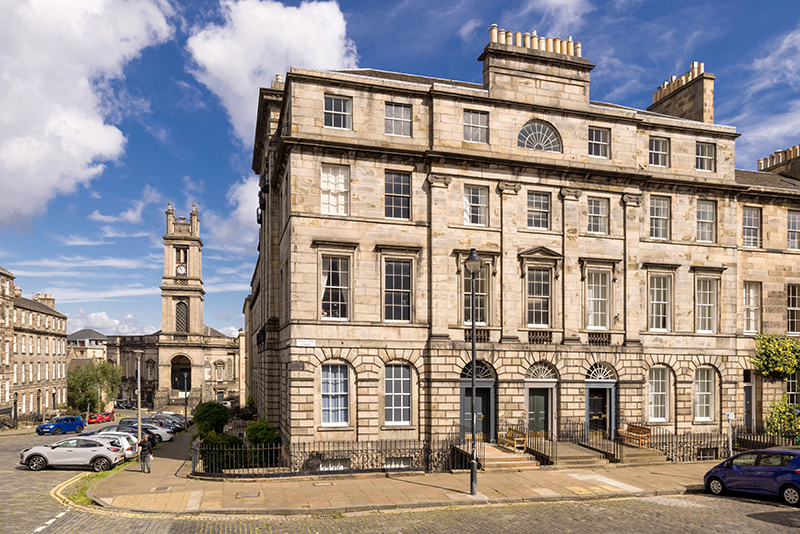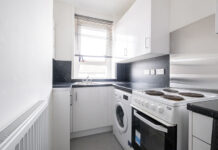
PROPERTY firm Rettie has hailed the ‘stability’ in Scotland’s housing market, and is forecasting average house prices to rise by around 3% this year.
The firm is also forecasting house sale transactions to increase by approximately 2%.
Dr John Boyle, director of research and strategy at Rettie, said the Scottish housing market ‘sailed along at a pretty slow and steady pace’ in 2024. “There was minimal change in the key market metrics, which can be seen as a reasonably good outcome when you consider the headwinds of higher interest rates and a fairly anaemic economy,” he added.
“We are now seeing falling interest rates in 2025, and these should feed through to the housing market during the course of the year. For 2025, our central forecast is that average house prices will rise by around 3%, and with stronger economic performance from 2026, we expect to be moving back closer to the long-term trend of around 4% in subsequent years. It will take time for the whole market to adjust to higher interest rates as people come off fixed term deals, which will probably lead to average house price growth at modest levels for a time.”
Commenting on the rental market, John Boyle said the market has ‘cooled’ following ‘substantial’ growth in rents, but availability is becoming a more significant problem and there are concerns that this could be exacerbated by forthcoming Scottish Government legislation.
The key findings of Rettie’s Spring market briefing report are:
- The sales market remains stable and modest improvement is expected in 2025. Interest rates will need to fall further to support affordability and encourage greater activity.
- New build sales continue to fall – new build transactions fell back a further 14% in 2024. Rising costs in the face of a stagnant sales market, along with increasing government regulations, continues to suppress activity.
- Mortgage affordability improves – mortgage affordability is improving, although mortgage rates remain at historically high levels. This is driving average mortgage costs below average rental costs, incentivising people to purchase rather than to rent.
- Tighter supply drives the cost of renting higher – the number of new listings in the rental market continues to fall, highlighting the demand/supply imbalance. Rent rises are cooling in the main cities but there have been double-digit rises in the previous two years, creating affordability issues.










